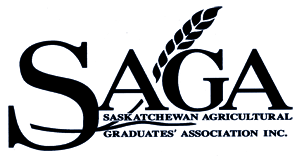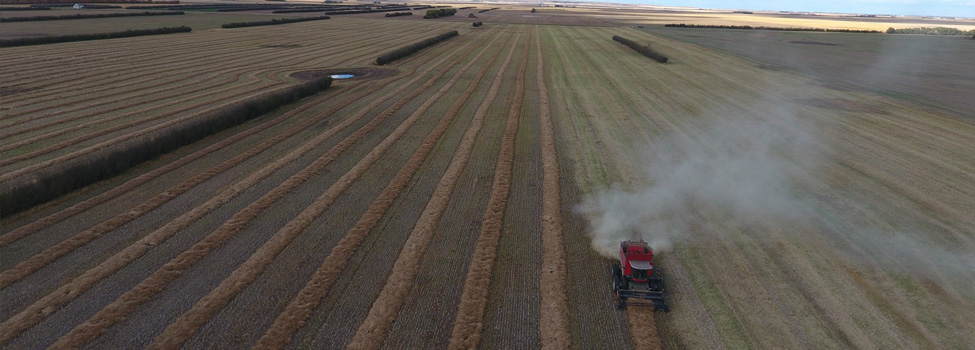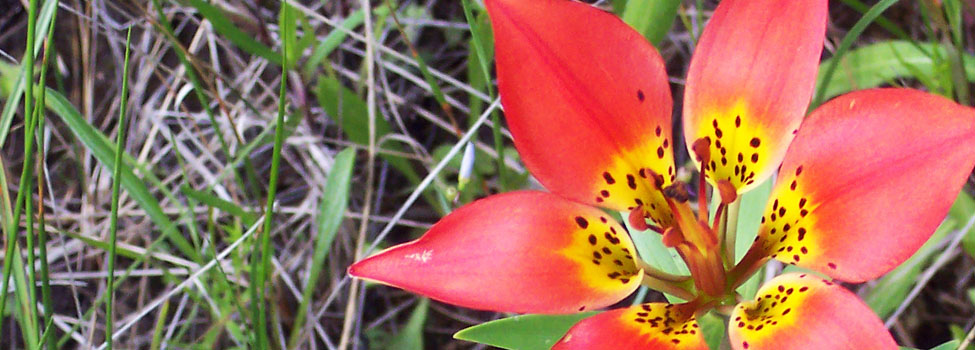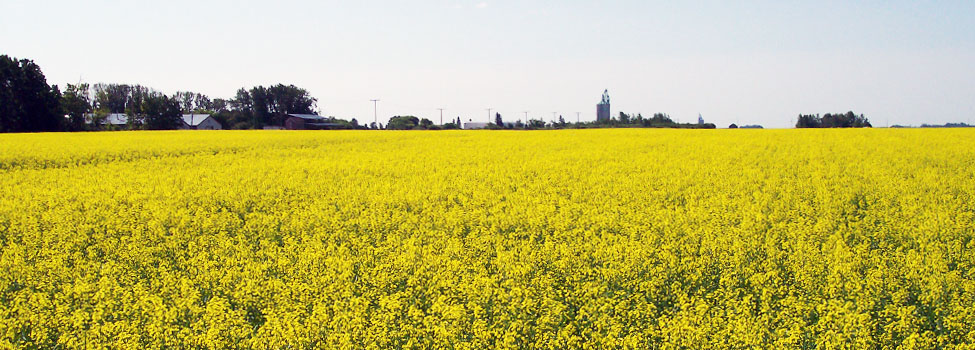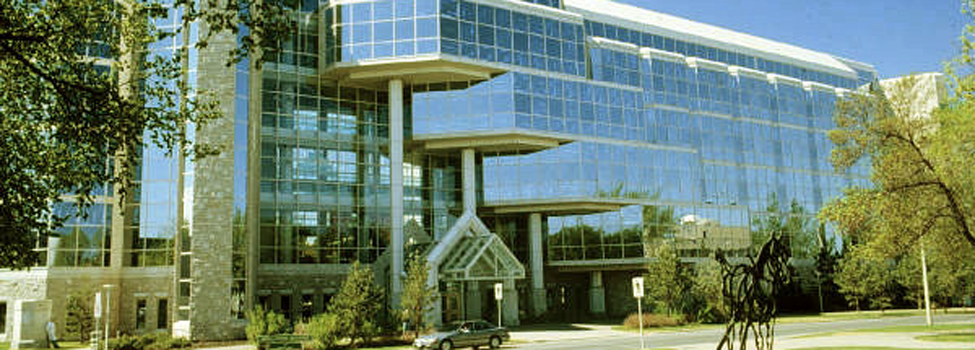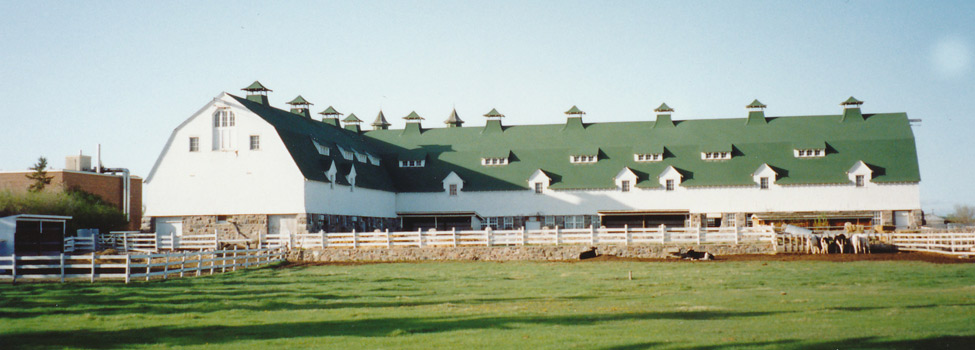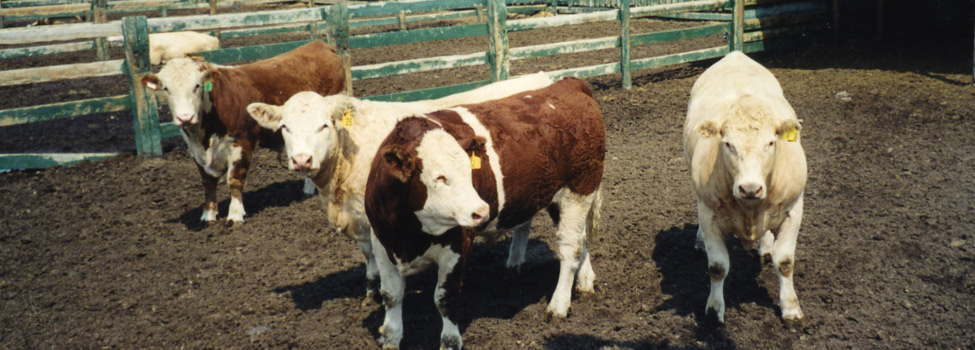The Soil Science Department
EARLY YEARS 1919-1934
The Soils Department was formed in 1919 with Professor Roy Hansen, a soil microbiologist trained at the University of Illinois, as the first faculty member and Department Head. The fledgling Department was first housed in the south wing of the College Building. ( Subsequent moves were 1924 – to new chemistry building; 1948 to National Research Council Building; 1950 to new Soils and Dairy Building , later renamed John Mitchell Building; 1991 – to new Agriculture Building).
The first public activity to aid farmers was the production of affordable bacterial cultures for the inoculation of legumes. This activity grew to an unmanageable 10,000 bottles per year and was discontinued in 1930 when commercial sources became available.
Extension Bulletin # 1, March 1921, from the University of Saskatchewan, College of Agriculture was “Inoculation for Legumes” by Roy Hansen. In the preamble he wrote “Saskatchewan’s first need is for systematic crop rotations…to include leguminous crops. Already some of the older soils are showing the effect of our present system of soil robbery”. Perennial legumes were never widely adopted because they left the soil depleted of moisture. It was not until the 1970’s, when Al Slinkard of the U of S Crop Development Center bred lentils and peas, that Hansen’s advice could be used.
Soil survey was an important activity from the beginning. Field work commenced in 1921 and was enhanced with the appointment of Professor A.H. Joel in 1922. He had experience in soil survey from the Michigan Agricultural College. Soil survey remained an important part of the Department until the second survey was completed in the 1990’s.
THE MITCHELL ERA 1934-1955
John Mitchell became Department Head in 1934 and worked tirelessly on behalf of the University, students, farmers, Soldier Settlement Board and the public in general until his untimely death in harness in 1955 at age 58. Mitchell was known affectionately as “The Chief” and was endeared by all who worked with him.
Under his watch the first reconnaissance soil survey was completed and published in 1944 as “Soil Survey Report # 12” which covered the area from the US border to the top of Township 48 (~ Prince Albert). In 1950 “Soil Survey Report # 13” covered agriculturally settled areas north of Township 48. The information and concepts provided by # 12 and # 13 provided the framework in which to think and carry out agronomic work of all kinds for many decades.
The soil survey was a co-operative effort including the Governments of Saskatchewan and Canada but the headquarters, organization and direction was by the Soils Department. Government of Canada employees were a major force in the soil survey as was the Government of Saskatchewan grant-in-aid which allowed staff to be dedicated to the survey.
Soil erosion by wind and water and cropping practices to minimize losses was a major extension focus. Early fertilizer experiments, mostly on farmers’ fields showed that phosphorus was the main limiting factor with sulphur needed on Grey Wooded Soils. Work on radioactive labelled phosphorus fertilizers was started by Mitchell in collaboration with chemistry (JWT Spinks –later U of S president).
John Mitchell was the founding President of SAGA and was involved in many public service activities with a special interest in advising government programs designed to assist returning war veterans to establish a farm.
The academic program expanded to include classes in soils for the Degree and Diploma programs and a graduate program at the MSc level. The Professors in 1955 included John Mitchell, W.L. (Les) Hutcheon, H.G. (George) Dion and D.A. (Don) Rennie.
At about that time the Department name was changed from Soils to Soil Science where it remains to this day.
THE GROWTH ERA: HUTCHEON 1955 -1964; RENNIE 1964- 1981
W.L.( Les) Hutcheon , a Rosetown farm boy with a PhD in soil physics became Department Head from 1955-1964, Dean of Agriculture July, 1964. He died in the John Mitchell building, during Farm and Home Week, January 1965 at age 48. Hutcheon did valuable work on soil moisture and the effect on plant rooting. He also directed the soil survey to begin the second and more detailed soil survey and did the groundwork for the formation of the Saskatchewan Institute of Pedology. He expanded the academic staff to include R.J. (Roly) St. Arnaud, soil genesis and classification and E.A. ( Eldor) Paul , soil microbiology and Eeltje deJong ( Soil Physics).
D.A. (Don) Rennie completed the formation of the Saskatchewan Institute of Pedology (SIP) which was a formal arrangement to continue the operation of the extensive soil survey with one line of command for university, provincial and federal employees. No small task. Soil Survey visitors from the United States were in awe of the efficiency of such an operation.
A significant milestone was 1966 when Rennie assembled the resources to open the Saskatchewan Soil Testing Laboratory (SSTL). Dr. Ed Halstead, a Nokomis farm boy, was the first Director. He was fresh from Purdue University with a PhD under the famous Stan Barber. Ed insisted that a potassium soil test should be included even though decades of field tests had shown no response to K. The first year, the soil test identified an area of serious potash deficiency in soils mapped in the Carrot River Soil Association in northeast Saskatchewan. Previous field trials had not included those soils. Field trials starting in 1967, with sites identified by K soil test, showed areas that were essentially ‘potash deserts’. Without K, crop yields were too low to be economic.
SSTL served Saskatchewan farmers and was the main link of the department to farmers from 1966 until 1994 when it was sold off to private interests.
University Farm and Home week 1973 was another significant milestone. Don Rennie made the statement that summerfallow was a major mismanagement practice. He advised that work should proceed to assist in reducing or eliminating summerfallow. Mentality at that time was such that he was ‘called on the carpet’ by SIA. Hard to believe in light of our current farming system which has eliminated summerfallow.
Under Rennie’s watch the academic staff grew to include J.W.B.(John) Stewart , P.M. ( Ming) Huang, R.B. ( Bob) McKercher, E.H. ( Ed) Halstead, J.L. ( Les) Henry, J.R. (Jeff) Bettany.
To illustrate the growth era: at the end of the Mitchell years total staff compliment was 25; at the end of Rennie years it was 115.
THE MODERN ERA 1981 – 2017
Don Rennie was the last career Department Head in Soil Science. University policy changed to provide 5 year renewable term appointments for all senior administrators.
Department Heads in the past decades have been J.W.B. Stewart , 1981-1989, D.W. Anderson, 1990-1997, J. Germida, 1997-2004, F. Walley, 2004-2011, S. Adl 2012-2013, K. Van Rees 2013 – 2017 and A. Bedard-Haughn with 5 year term 2017-2022.
1980 to mid1990’s
In the 1980’s and early 90’s the province wide Farmlab program, originated and directed by Don Rennie assisted the transition from 1/3 or ½ summerfallow to continuous cropping. The work was conducted on farm fields with cooperation of the farmers. The equipment to make zerotill work came mainly from farm workshops. The oilseed (particularly canola) and pulse crops to allow a cereal/oilseed/ pulse rotation came from colleagues in crop science.
By the late 1970’s soil salinity was becoming a major production hazard. In 1982 the Soil Science Department launched a province wide program to determine the fundamental causes of soil salinity. A field laboratory, mobile drilling equipment, contract water well drillers and contract geology and hydrogeology expertise was required to meet the challenge. When the answer was known the information was communicated by individual reports to farmers and town hall meetings to communicate with all interested farmers an an area. The final conclusion was that soil salinity is really a water problem, not a soil problem. Solutions must be related to control of water movement.
Recent Decades
In recent decades academic and research programs have shifted from agriculture to environmental concerns. At present the Department has 15 faculty, 42 MSc students, 28 PhD students, 19 Post Docs and 18 support staff.
